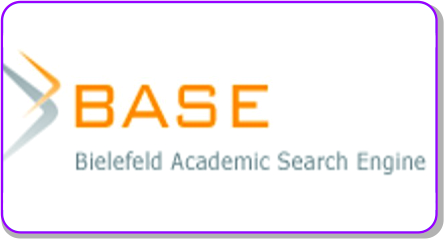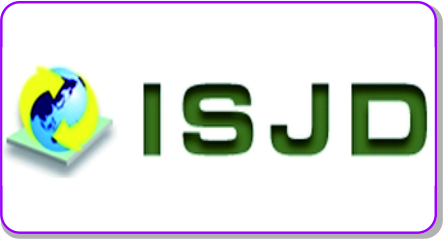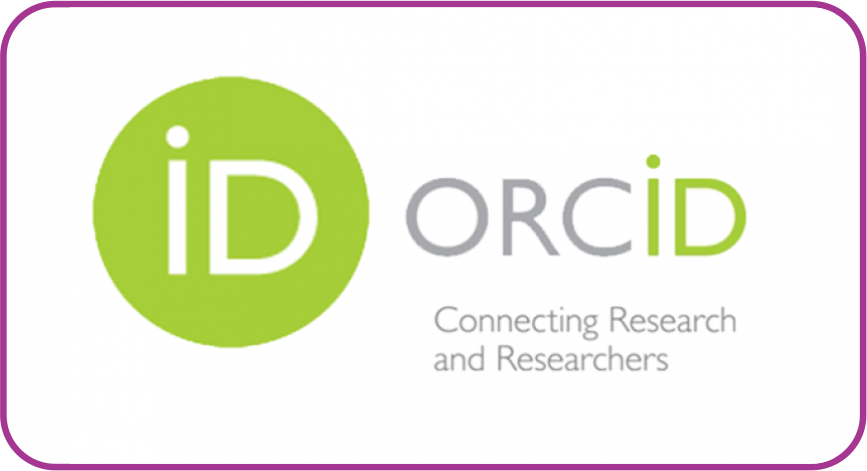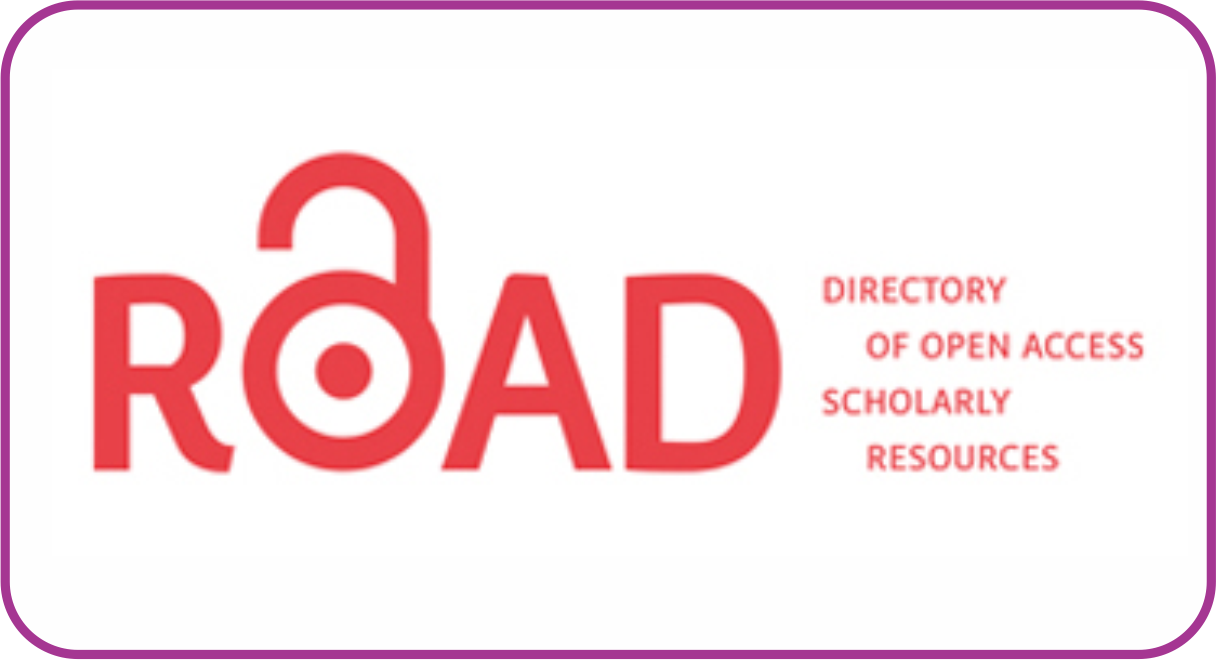The Grammar of Singapore English Used in Skype Conversation
DOI:
https://doi.org/10.30983/educative.v4i2.2389Keywords:
grammar of conversation, Singapore English.Abstract
This article aims at investigating the grammar of conversation occurred among PT. BSI staffs and Cocomas Singapore (CMS) staffs. Since it was a cross cultural communication, the conversations were mostly taken place via Skype. Most of the time, CMS staffs used Singapore English (Singlish) during the interaction in the workplace while the government of Singapore has encouraged Singaporeans to speak grammatically correct English in formal settings such as workplaces. In this article, the researchers analyzed the conversation by describing tha grammar used in the Skype conversation. The data were collected from Skype chat history derived from daily conversation among the staffs of BSI and CMS. Then, the data were analyzed and described based on the grammatical characteristics of Singlish proposed by [1]. The findings reveal that the grammatical features of Singlish mostly appeared in the conversations were copula deletion, agreement, and the use of particles. In short, all participants fully utilized Singlish rather than SSE in discussing their work.
Abstrak
Artikel ini bertujuan untuk menyelidiki tata bahasa percakapan yang terjadi di antara staf PT. BSI dan Cocomas Singapore (CMS). Karena percakapan ini merupakan komunikasi lintas budaya, sebagian besar percakapan dilakukan melalui Skype. Staf CMS menggunakan Bahasa Inggris Singapura (Singlish) selama berinteraksi di tempat kerja sementara pemerintah Singapura telah mendorong warga Singapura untuk menggunakan bahasa Inggris yang benar secara tata bahasa dalam situasi formal seperti ditempat kerja. Pada artikel ini, para peneliti menganalisis percakapan dengan menjelaskan tata bahasa yang digunakan dalam percakapan Skype. Data dikumpulkan dari riwayat obrolan Skype yang berasal dari percakapan harian antara staf BSI dan CMS. Kemudian, data dianalisis dan disajikan berdasarkan karakteristik tata bahasa Singlish yang diusulkan oleh [1]. Temuan mengungkapkan bahwa fitur tata bahasa Singlish sebagian besar muncul dalam percakapan adalah penghapusan kopula, kesepakatan, dan penggunaan partikel. Singkatnya, semua peserta sepenuhnya menggunakan Singlish daripada SSE dalam mendiskusikan pekerjaan mereka.
[1] Leimgruber (2011)
[1] Leimgruber (2011)
References
Alsagoff, Lubna, ‘Colloquial Singapore English: The Relative Clause Construction’, in The English Language in Singapore: Implications for Teaching, 1995, pp. 77–87
———, ‘English in Singapore: Culture, Capital and Identity in Linguistic Variation’, World Englishes, 29.3 (2010), 336–48
———, ‘Interpreting Error Patterns in a Longitudinal Primary School Corpus of Writing’, The Asian Journal of Applied Linguistics, 3.1 (2016), 114–24
Alsagoff, Lubna, Z. Bao, A. Pakir, I. Talib, and L. Wee, The Grammar of Singapore English: Society, Style and Sturcture in Language (Singapore: Prentice Hall, 1998)
Ansaldo, U., ‘The Asian Typology of English: Theoretical and Methodological Considerations’, English World-Wide, 30.2 (2009), 133–48
Cook, Guy, and Sarah North, Applied Linguistics in Action: A Reader (New York: Routledge, 2010)
Dulay, Language Two (New York: Oxford University Press, 1982)
Echaniz, Markel Echeverria, ‘English as a Contact Language: Singapore English’ (Universidad del Pais Vasco, 2015)
Fong, V., L. Lim, and L. Wee, ‘“Singlishâ€: Used and Abused’, Asian Englishes, 5.1 (2002), 18–39
Gupta, Anthea Fraser, ‘Singapore Colloquial English (Singlish)’, 2014
———, The Step-Tongue: Children’s English in Singapore (Cledevon: Multilingual Matters, 1994)
Harada, Shinichi, ‘The Roles of Singapore Standard English and Singlish’, 2014
Leimgruber, J. R. E., ‘Singapore English’, 2011
Lim, Lisa, ‘Mergers and Acquisition: On the Ages and Origins of Singapore English Particles’, World Englishes, 26 (2007), 446–473
Pakir, A., ‘English-Knowing Bilingualism in Singapore’, in Imagining Singapore, ed. by K. C. Ban, A. Pakir, and C. K. Tong (Singapore: Times Academic Press, 1992), pp. 234–362
———, ‘The Range and Depth of English Knowing Bilinguals in Singapore’, World Englishes, 10.2 (1991), 167–179
Platt, John T., and Heidi Weber, English in Singapore and Malaysia: Status, Features, Functions (Oxford: Oxford University Press, 1980)
Reflianto, and A. Farida, ‘Conscientiousness and Emotional Stability on Students’ Speaking Ability through Flipped Classroom’, Jurnal Educative: Journal of Educational Studies, 3.2 (2018), 137–49
Roza, V., and S. Genta, ‘Expert Appraisal on Islamic Textual Enhancement Grammar Book Designed for Grammar Teaching at IAIN Bukittinggi’, Jurnal Educative: Journal of Educational Studies, 3.2 (2018), 150–65
Rubdy, R., ‘Singlish in the School: An Impediment or a Resource?’, Journal of Multilingual and Multicultural Development, 28.4 (2007), 308–24
Sato, C. J., ‘A Nonstandard Approach to Standard English’, TESOL Quarterly, 23.3 (1989), 68–91
Tan, C., ‘English or Singlish? The Syntactic Influences of Chinese and Malay on the Learning of English in Singapore’, Journal of Language and Learning, 3.1 (2005), 156–79
Tan, P. K. W., ‘English in Singapore’, International Journal of Language, Translation and Intercultural Communication, 1 (2012), 123–38
Wee, L., ‘Intra-Language Discrimination and Linguistic Human Rights: The Case of Singlish’, Applied Linguistics, 26.1 (2005), 48–69
———, ‘Singapore English: Morphology and Syntax’, in Varieties of English: Africa, South and Southeast Asia, ed. by Rajend Mesthrie (Berlin: Mouton de Gruyter, 2009), pp. 593–609
Downloads
Additional Files
Submitted
Accepted
Published
Issue
Section
License
Authors who publish with this journal agree to the following terms:
1. Authors retain copyright and grant the journal right of first publication with the work simultaneously licensed under a Creative Commons Attribution License that allows others to share the work with an acknowledgment of the work's authorship and initial publication in this journal.
2. Authors are able to enter into separate, additional contractual arrangements for the non-exclusive distribution of the journal's published version of the work (e.g., post it to an institutional repository or publish it in a book), with an acknowledgment of its initial publication in this journal.
3. Authors are permitted and encouraged to post their work online (e.g., in institutional repositories or on their website) prior to and during the submission process, as it can lead to productive exchanges, as well as earlier and greater citation of published work (See The Effect of Open Access).





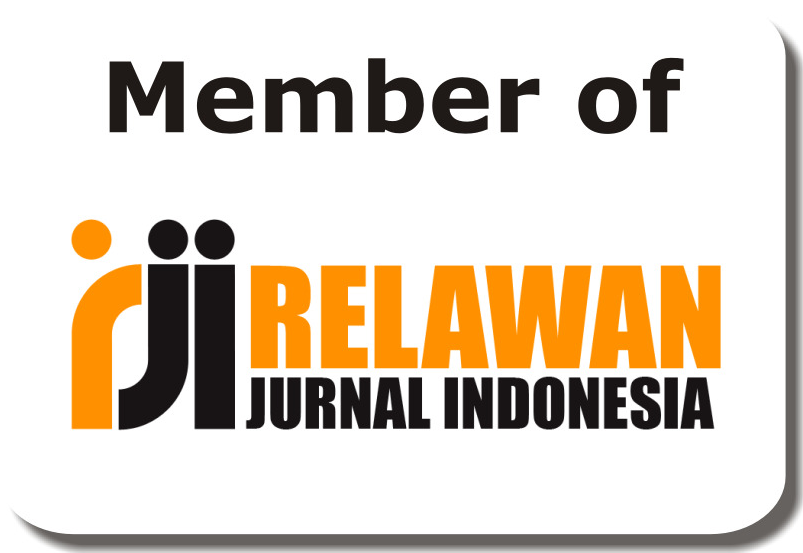
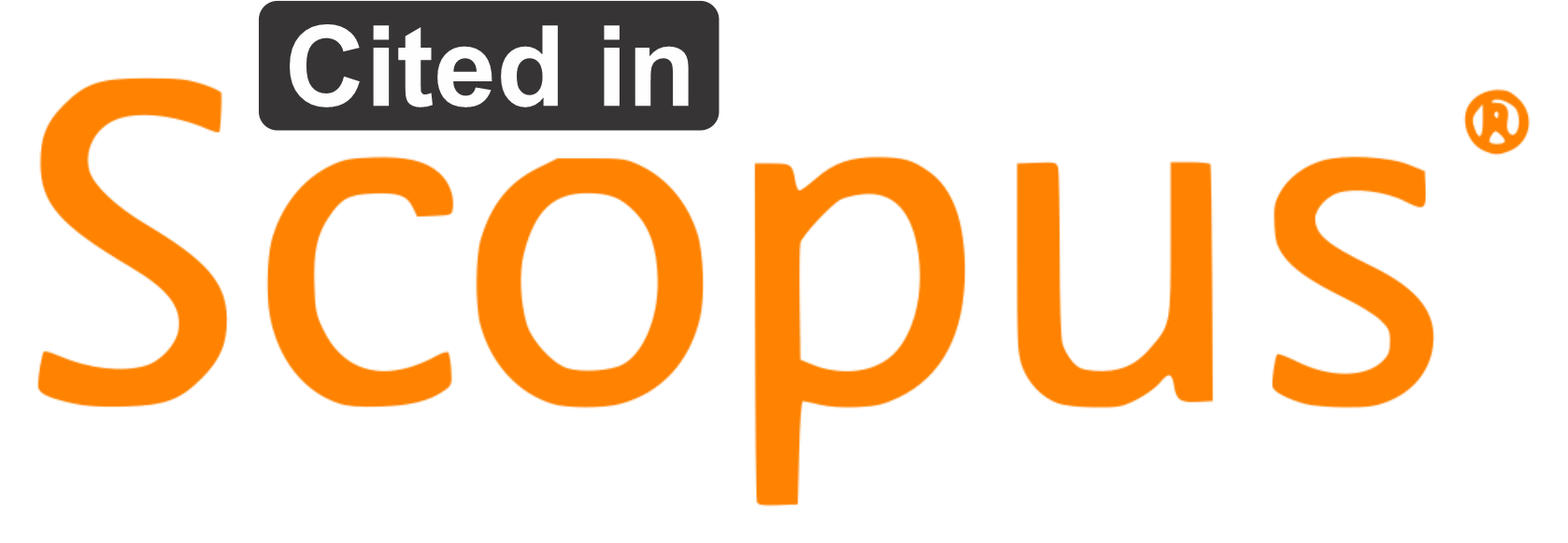


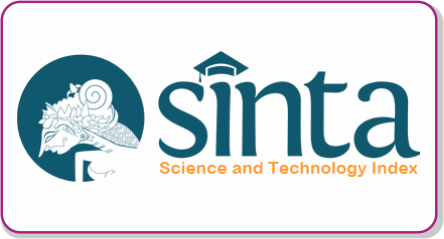

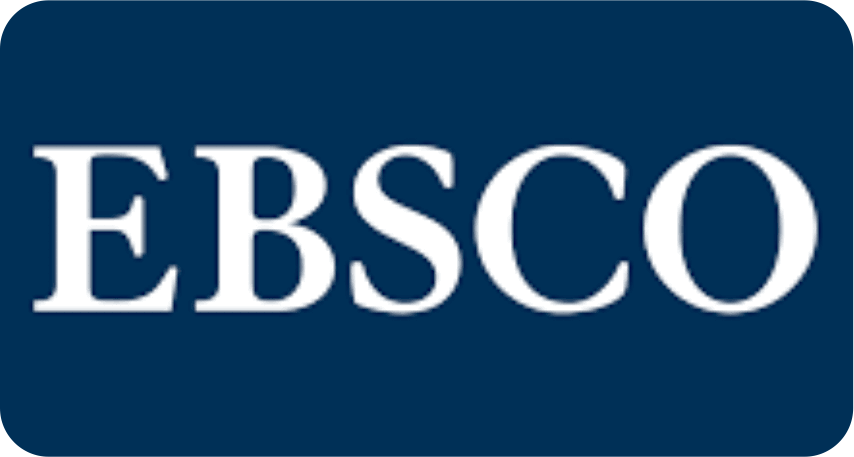


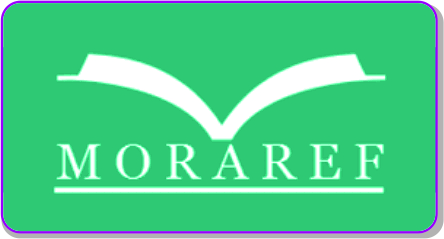



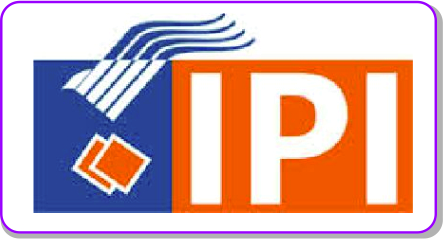 Â
 
